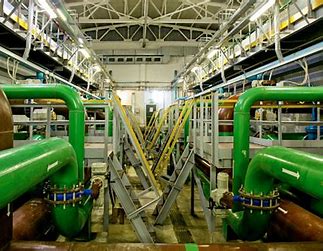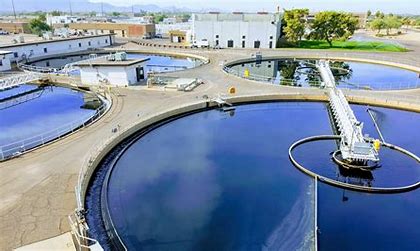
What is Physical Wastewater Treatment and Why is it Important?
Introduction
Physical wastewater treatment methods play a crucial role in ensuring the proper management and purification of wastewater before it is discharged into the environment. These methods involve the use of physical processes to remove pollutants, solids, and other contaminants from wastewater, making it safe for reuse or release. In this article, we will explore the historical background, key concepts, main discussion points, case studies, current trends, challenges, and future outlooks of physical wastewater treatment methods.
Historical Background
The evolution of wastewater treatment methods can be traced back to ancient civilizations, where rudimentary techniques such as basic sedimentation and filtration were used to treat wastewater. Over time, advancements in engineering and scientific knowledge led to the development of more sophisticated treatment methods. Key milestones in the history of physical wastewater treatment include the introduction of primary, secondary, and tertiary treatment processes. These milestones have significantly improved the efficiency and effectiveness of wastewater treatment.
Key Concepts and Definitions
Physical wastewater treatment methods encompass various processes that are essential for the removal of contaminants from wastewater. Primary treatment involves the physical removal of large solids and debris through processes such as screening and sedimentation. Secondary treatment focuses on the biological decomposition of organic matter through processes such as activated sludge or trickling filters. Tertiary treatment utilizes advanced techniques such as filtration and disinfection to further purify the wastewater to meet specific quality standards.
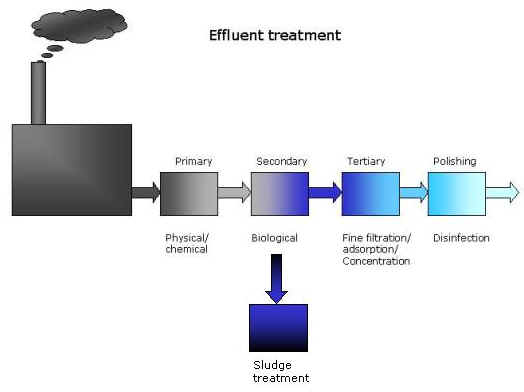
Main Discussion Points
Point: Screening
Screening is the initial step in physical wastewater treatment, where large objects, such as plastics and debris, are removed. The purpose of screening is to protect downstream equipment from damage and prevent clogging of pipes and pumps. Different types of screens, such as bar screens and fine screens, are used in this process. While screening offers numerous benefits, including improved operational efficiency and reduced maintenance costs, it also has limitations, such as the potential for screen blockage and the need for regular cleaning and maintenance.
Point: Grit Removal
Grit removal is essential in wastewater treatment to eliminate small, heavy particles, such as sand and gravel, that can cause abrasion and damage to equipment. Various methods, including aerated grit chambers and vortex separators, are employed for grit removal. Challenges in the grit removal process include managing the accumulation of grit, preventing grit carryover, and ensuring proper disposal of removed grit.
Point: Sedimentation
Sedimentation is a process that utilizes gravity to separate suspended solids from wastewater. During sedimentation, the wastewater is allowed to settle in tanks, and the solids gradually settle to the bottom. Different types of sedimentation tanks, such as rectangular and circular tanks, are used for this purpose. Factors that influence sedimentation efficiency include detention time, tank design, and the characteristics of the suspended solids.
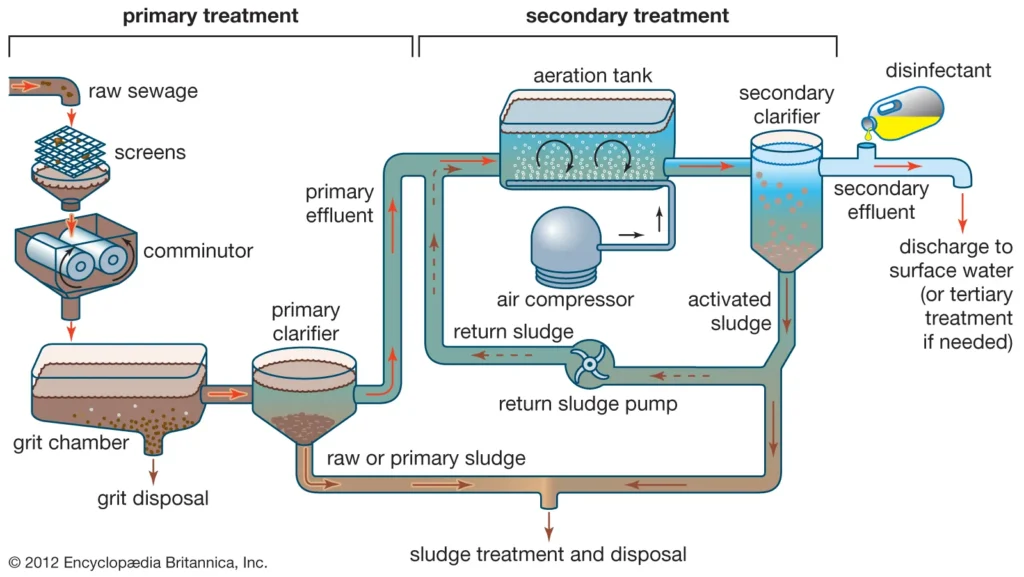
Point: Flocculation and Coagulation
Flocculation and coagulation involve the addition of chemicals to wastewater to promote the aggregation of fine particles into larger flocs, which can be easily removed. Commonly used chemicals in this process include polymers and coagulants. Techniques and equipment employed in flocculation and coagulation include flash mixers and flocculators. The proper implementation of flocculation and coagulation leads to improved settling and separation of solids from the wastewater.
Point: Dissolved Air Flotation (DAF)
Dissolved Air Flotation (DAF) is a physical wastewater treatment process that uses microscopic air bubbles to float and separate suspended solids and oils from water. DAF systems consist of a flotation tank, an air compressor, and a skimming mechanism to remove the floatable matter. DAF offers advantages, such as high efficiency in pollutant removal and the ability to handle high solids loads. However, challenges associated with DAF include the need for skilled operation and maintenance and the generation of sludge that requires proper disposal.
Case Studies or Examples
Example: Successful implementation of physical wastewater treatment methods in City XYZ
City XYZ successfully implemented physical wastewater treatment methods, including screening, sedimentation, and secondary treatment. This resulted in a significant improvement in water quality and reduced environmental pollution. The city’s wastewater treatment plant now meets stringent regulatory standards, and the treated water is reused for irrigation and industrial purposes.
Example: Industrial wastewater treatment plant case study
An industrial wastewater treatment plant effectively utilizes physical treatment methods to treat the wastewater generated from its manufacturing processes. By implementing screening, sedimentation, and advanced filtration techniques, the plant ensures compliance with environmental regulations and reduces the impact on local water bodies. The treated water is either reused within the facility or discharged safely into the environment.
Current Trends or Developments
Advancements in physical wastewater treatment technologies continue to revolutionize the field. Innovative approaches, such as the use of membrane filtration and advanced oxidation processes, are gaining popularity for their ability to remove even the smallest contaminants. Additionally, the adoption of sustainable and energy-efficient practices, such as the integration of renewable energy sources and the use of smart monitoring systems, is becoming increasingly prevalent in physical wastewater treatment.
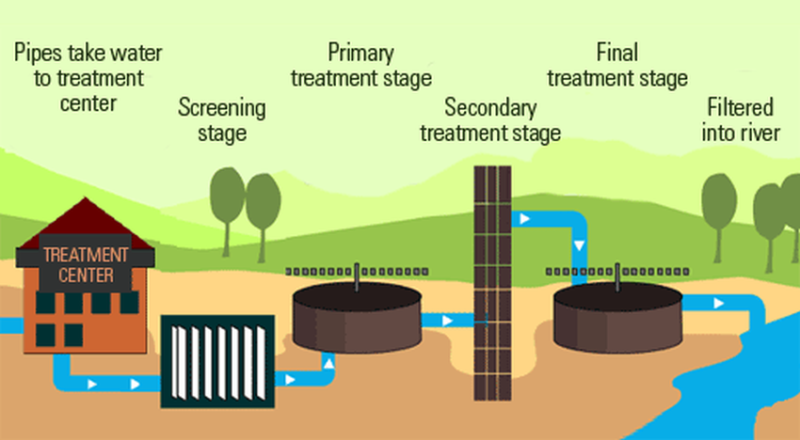
Challenges or Controversies
Physical wastewater treatment methods are not without challenges and controversies. Concerns about the environmental impacts of treatment processes, such as the release of residual chemicals and the generation of sludge, need to be addressed. Controversies also surround the use of chemicals in treatment processes, with debates around the potential health and environmental risks they may pose. Balancing cost-effectiveness and treatment efficiency is another challenge faced by wastewater treatment facilities.
Future Outlook
The future of physical wastewater treatment looks promising, with potential advancements and innovations on the horizon. Integration of digital technologies and automation in treatment processes will revolutionize plant operations, enhancing efficiency and reducing operational costs. Emphasis on resource recovery and circular economy approaches will lead to the development of novel methods for extracting valuable resources from wastewater, contributing to a sustainable and environmentally friendly treatment industry.
Conclusion
Physical wastewater treatment methods are essential for ensuring the proper management and purification of wastewater. Through screening, grit removal, sedimentation, flocculation and coagulation, and dissolved air flotation, contaminants are effectively removed, leading to improved water quality. Despite challenges and controversies, advancements in technology and the adoption of sustainable practices will continue to drive the future of physical wastewater treatment, ensuring the protection of our environment and the health of our communities.




